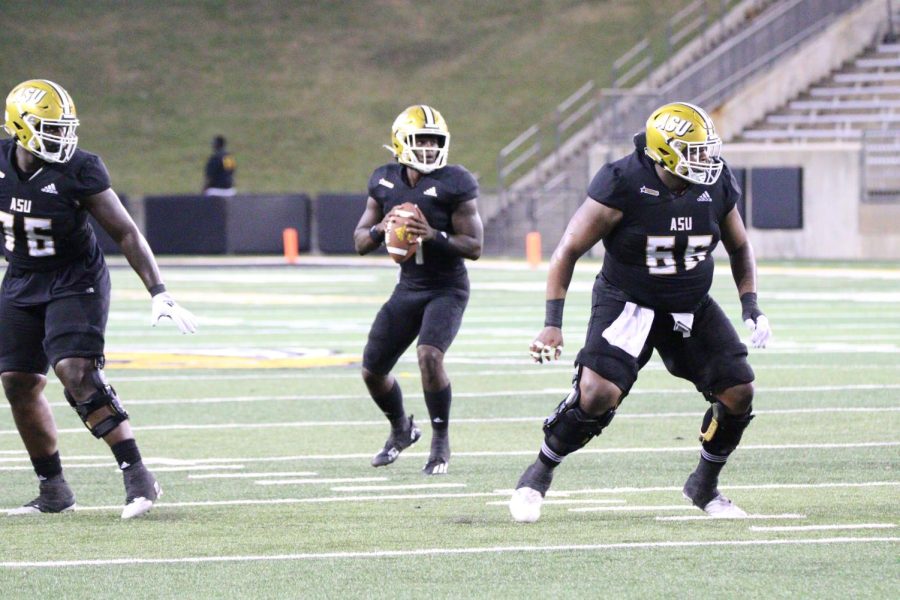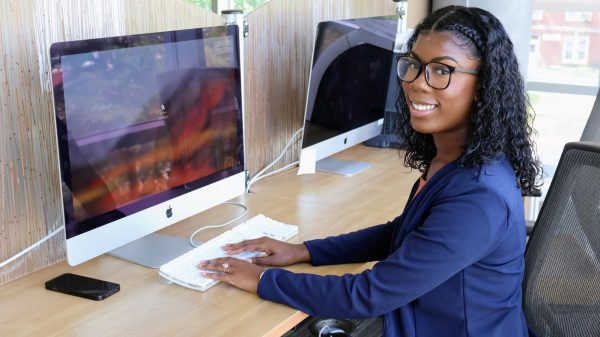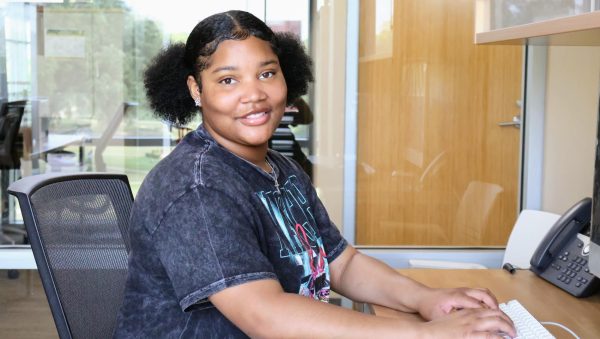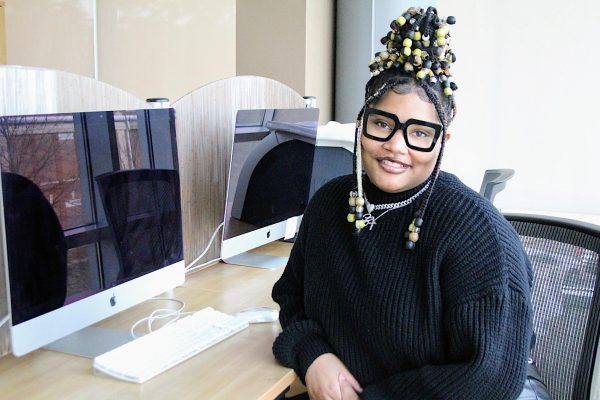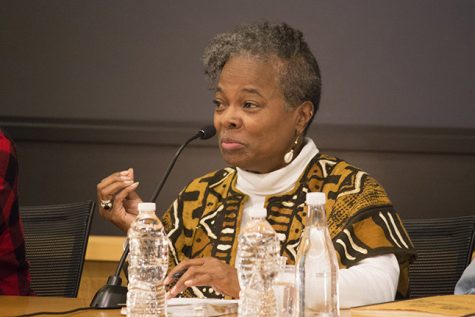Academics vs. Athletics, what is priority?
September 24, 2022
The conversation of academics versus athletics at colleges and universities continues to be a hotly debated topic, and I believe Alabama State University administrators should seriously discuss this topic with intensity, as a real assessment is long overdue.
Academia is a college, its students and its teachers. Academia is highly research and discovery focused, and much research is done for the sake of learning, as opposed to clinical application. Academia includes academic programs that prepare students for professional employment. It includes a plethora of curriculums that are attractive to high school students who want to continue their education after their undergraduate students.
It is an opportunity for students to develop their skills, choose their field of interest and pursue it. It is where some of the most recognizable faces in society honed their craft and learned the skills needed for them to ascend to greater heights. These are the main reasons why colleges and universities exist.
Despite being an extra-curricular activity, athletics provides millions of dollars for these institutions of higher education every year. The talent from high schools, junior colleges, overseas and other colleges play an important role in revenue production and television sponsorship deals. Universities benefit even more when they are successful in basketball and football, as seen with powerhouse programs like the Duke University men’s basketball team and the University of Alabama’s football team.
According to Syracuse.com, the Duke basketball program generated $31 million in the 2015-16 academic year alone. Alabama made $33 million in profits off its football program in the 2013-14 academic year before it racked up three more national championships in the next few seasons.
With athletics bringing in millions of dollars every year, one can see why so much attention is geared toward athletics.
What happens when athletics are given too much of the spotlight and the academy is moved to the background? For the answer to that question, look no further than Alabama State University.
New additions to the campus include: new turf on football fields, new volleyball floor and the construction of a new track at the Old ASU Stadium. Do not get me wrong, many of those renovations were extremely necessary, especially the track and the volleyball court. But they constantly remind all of us of where it appears the focus lies.
The university’s most recent athletic attraction is ‘The Nest’, a sports bar appealing to an off-campus audience with its 25 and over age requirement and premium prices. It is another example of the university prioritizing athletics over academics.
While a number of construction projects associated with athletics are on the move, we have other construction projects associated with academics that are completely stalled. Take one of the oldest buildings on our campus, John W. Beverly Hall, which has been closed for nearly five years. That is the building that would most likely house our College of Liberal Arts and Social Sciences. We have gone five years without any word on when the building will open or if it will ever be completed.
We have classrooms like those housed in Edward G. McGehee Hall and George W. Trenholm Hall with broken blinds, leaky roofs, old creaky desks and paint chipping off the walls. The classrooms in the Harper Councill Trenholm Hall suffer from the same issues. There are newspapers over some of the vents that have been there for several years and just brings the entire atmosphere of the room down.
There are academic classrooms in Harper Councill Trenholm Hall that are just depressing when you walk inside. However, these places are where future doctors, lawyers, news anchors and educators receive their education. This neglected environment is not only difficult to learn in but also sets a tone that says, “if the university does not care about the educational environment, why should the student?”
The Levi Watkins Learning Center, which is often referred to as the crown jewel of the university offers multiple places for students to study and databases for them to use. However, from Monday to Thursday, they are only open from 8 a.m. to 8:30 p.m., and on Friday, the times are 8 a.m. to 5 p.m. Many universities have 24-hour libraries as there is a need for students who work and attend classes, as well as students who want to study late into the night. Extending these hours allows for students to have a place to study during the night. It may seem like a small thing, but the quietness of the library is an environment many students need to get their work done.
The Department of Communications is on the outskirts of the campus and is more of a blink-and-you-miss-it type of building. More students go over to the complex to work out at the gym across from it than they do to utilize the building.
I believe the administration at this university knows that some of these buildings are not up to par. That could be the reason why these buildings are not shown on tours. They will take tourists to the Levi Watkins Learning Center and show that space off but in reality, many of the students currently on campus do not spend a lot of time there as it is.
I get it. Under the right conditions, athletics generate a lot of money for the university and rightfully so. Sports like volleyball, track and field, bowling and tennis have all won Southwestern Athletic Conference (SWAC) championships in the last few seasons. Sports like football and basketball have been infused with a new culture and look to have promising futures. But that promising future should not come at the cost of the academy.
The academy should always be the priority!
Alabama State University can and should be a school where students can flourish academically and athletically. Athletics can still bring in the revenue it does while also being second in importance to academics. Some of the money spent on athletics could go to changing the aesthetics of the classrooms, implementing more technology in the classrooms, changing light bulbs so that students can actually see, and raising professors’ salaries or giving students access to more resources like the Legacy Museum downtown. Things like this could solve many issues like the teacher shortage and reestablish a culture of education reminiscent of the university’s rigorous past.
As a historically Black university, it is our job to excel on every level, especially in academia. If we continue down the road we are currently on, we will continue to fall behind in the education category. The university must shift its focus back on academics to ensure that we are excelling in the classroom for years to come.


